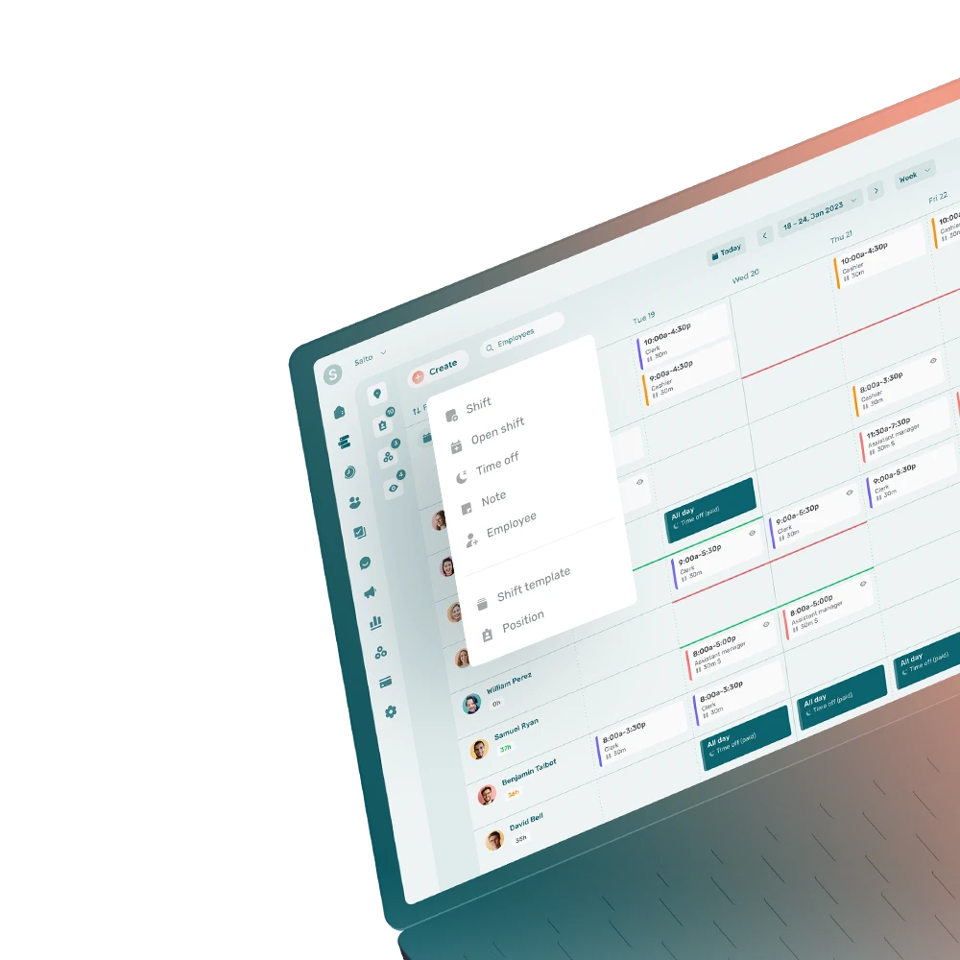A cross-functional team refers to a group of people with different skills and experience who work together to achieve a common goal.
How Does a Cross-Functional Team Work?
A cross-functional team is made up of employees from different departments, sometimes with different levels of seniority within the company. These employees come together to achieve a common goal or carry out a project without having a vertical hierarchy.
There isn’t necessarily a manager in charge of the team. Cross-functional teams typically have a leader, but all team members pitch in, regardless of their level of hierarchy in the company.
Cross-functional teams must have clear objectives and the autonomy to make decisions to perform and complete their mandates.
Why Establish a Cross-Functional Team?
The purpose of setting up a cross-functional team is to stimulate innovation within an organization. Cross-functional teams can also help solve problems more quickly or test new initiatives.
They also help motivate staff and foster commitment and creativity. This practice encourages collaboration and cohesion between team members. It enables employees to develop their knowledge and establish connections with colleagues in other departments.
How to Set Up a Cross-Functional Team?
To set up a successful cross-functional team, it is generally necessary to select employees with the necessary and complementary skills to carry out the mandate. Skills and knowledge will therefore vary according to the nature of the project or objectives.
Cross-functional team members generally need to be open-minded, have good communication skills and be able to collaborate effectively with their colleagues.
What Are the Different Types of Cross-Functional Teams?
The different types of cross-functional teams are:
- Cross-functional teams in small companies: this is often the standard way in which small companies operate, as they are not large enough to have specialized teams
- Cross-functional teams in large companies: these are often work teams set up by the managers to stimulate innovation and collaboration
Which Companies Use Cross-Functional Teams?
Any type of company can use cross-functional teams to achieve its objectives. It is easier to use a cross-functional team when the company already has a flat hierarchy and is open to new ideas.
What Are the Advantages of a Cross-Functional Team?
A cross-functional team helps to:
- Stimulate innovation and creativity
- Improve employee productivity
- Expand on employee knowledge
- Create links between team members
- Stimulate collaboration
- Avoid working in silos
What Are the Disadvantages of a Cross-Functional Team?
The disadvantages of a cross-functional team include:
- Lack of clarity about the steps needed to complete the mandate
- Conflicts between team members
- Work overload for employees who are also part of another work team
- Lack of autonomy
- Power issues




